Lexar ARMOR 700 Portable SSD Review: Power-Efficient 2 GBps in an IP66 Package
by Ganesh T S on May 30, 2024 8:00 AM EST- Posted in
- Storage
- SSDs
- Lexar
- DAS
- Silicon Motion
- External SSDs
- YMTC
- Portable SSDs
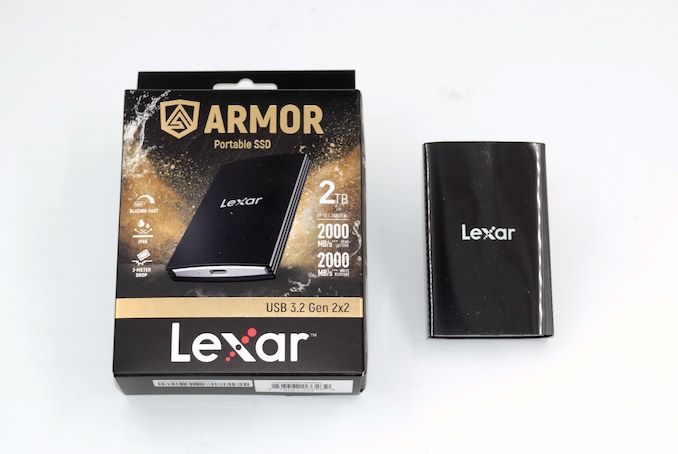
Lexar has a long history of serving the flash-based consumer storage market in the form of SSDs, memory cards, and USB flash drives. After having started out as a Micron brand, the company was acquired in 2017 by Longsys which has diversified its product lineup with regular introduction of new products. Recently, the company announced a number of portable SSDs targeting different market segments. The Lexar ARMOR 700 Portable SSD makes its entry as the new flagship in the 20 Gbps PSSD segment.
Despite its flagship positioning and rugged nature, the ARMOR 700 is reasonably priced thanks to the use of a native USB flash controller - the Silicon Motion SM2320. Similar to the SL500, the product uses YMTC 3D TLC NAND (compared to the usual Micron or BiCS NAND that we have seen in SM2320-based PSSDs from other vendors). This review takes a detailed look at the ARMOR 700, including an analysis of its internals and evaluation of its performance consistency, power consumption, and thermal profile.
Introduction and Product Impressions
External bus-powered storage devices have been growing in storage capacity as well as access speeds over the last decade. Advancements in flash technology (such as the advent of 3D NAND and NVMe) and the evolution of faster host interfaces (such as Thunderbolt 3 and USB 3.x / USB4). As a result, we have been seeing palm-sized flash-based storage devices capable of delivering 3GBps+ speeds. While those speeds can be achieved with Thunderbolt 4, mass-market devices have to rely on USB. Within the USB ecosystem, USB 3.2 Gen 2 (10 Gbps) is fast becoming the entry level for thumb drives and portable SSDs. USB 3.2 Gen 2x2 (20 Gbps) got off to a slow start, but recent computing platforms from both Intel and AMD have started to support it on the host side. The introduction of native USB 3.2 Gen 2x2 flash controllers such as the Phison U18 and Silicon Motion SM2320 has enabled PSSD vendors to bring low-cost power-efficient 20 Gbps external drives to the market.
Broadly speaking, there are currently five distinct performance levels in the PSSD market:
- 2GBps+ drives with Thunderbolt 3 or USB4, using NVMe SSDs
- 2GBps drives with USB 3.2 Gen 2x2, using NVMe SSDs or direct USB flash drive (UFD) controllers
- 1GBps drives with USB 3.2 Gen 2, using NVMe SSDs or direct UFD controllers
- 500MBps drives with USB 3.2 Gen 1 (or, Gen 2, in some cases), using SATA SSDs
- Sub-400MBps drives with USB 3.2 Gen 1, using UFD controllers
Within each of these levels, there is further segmentation into entry-level, mid-range, and premium based on the choice of internal components. The Lexar ARMOR 700 we are looking at today falls under the second category. Lexar touts the rugged nature (IP66 rating) along with class-leading speeds as key selling points. The packaging itself is spartan - we have a discrete Type-C to Type-C cable, along with an user guide. The Type-C cable has a permanently attached Type-C to Type-A adapter that can be put together (as shown in the picture below) for use with Type-A host ports.
While the casing is metal, it comes with a rubber sleeve to impart the necessary water and dust resistance. Unlike the SL500, there are four screws hidden under the coverings on the side with the Type-C port and the one opposite to it. Removal of the screws allows the plastic trays holding the circuit board to be pulled out. While the SL500 opted to keep the board in place under tabs in the tray, the ARMOR 700 uses four screws for this purpose.
The components on the board of the ARMOR 700 are very similar to the one in the SL500, but the board itself is slightly wider to encompass the full width of the frame (and also provide space for the screw holes). The gallery below presents some insights into the case design and internals of the PSSD. Comparing against the teardown pictures of the SL500, we see the main difference being the addition of a waterproofing rubber seal in the plastic tray, and a rubber band around the Type-C port to prevent water and dust ingress.
Similar to the SL500, the board does not have any explicit thermal solution - no thermal pads or conducting paths to the external casing from either the controller or flash packages. The SM2320 UFD controller is directly visible on the board.
The 2TB version includes four flash packages in a double-sided configuration. The packages are from Longsys themselves with no obvious indication of the NAND inside (except for the 512G at the end of the part number, indicating 512 GB per package). Fortunately, we have a publicly available NAND decoder tool for Silicon Motion PSSDs, and that reveals the use of YMTC's 128L 3D TLC inside the packages. While the NAND used is the same as the one in the SL500 sample reviewed earlier, it is just that the per-package capacity is different.
This review compares the Lexar ARMOR 700 against a host of other 2GBps-class PSSDs we have reviewed before. An overview of the internal capabilities of these PSSDs is given by CrystalDiskInfo. The ARMOR 700 supports full S.M.A.R.T passthrough, along with TRIM to ensure consistent performance for the drive over its lifetime.
| S.M.A.R.T Passthrough - CrystalDiskInfo | |
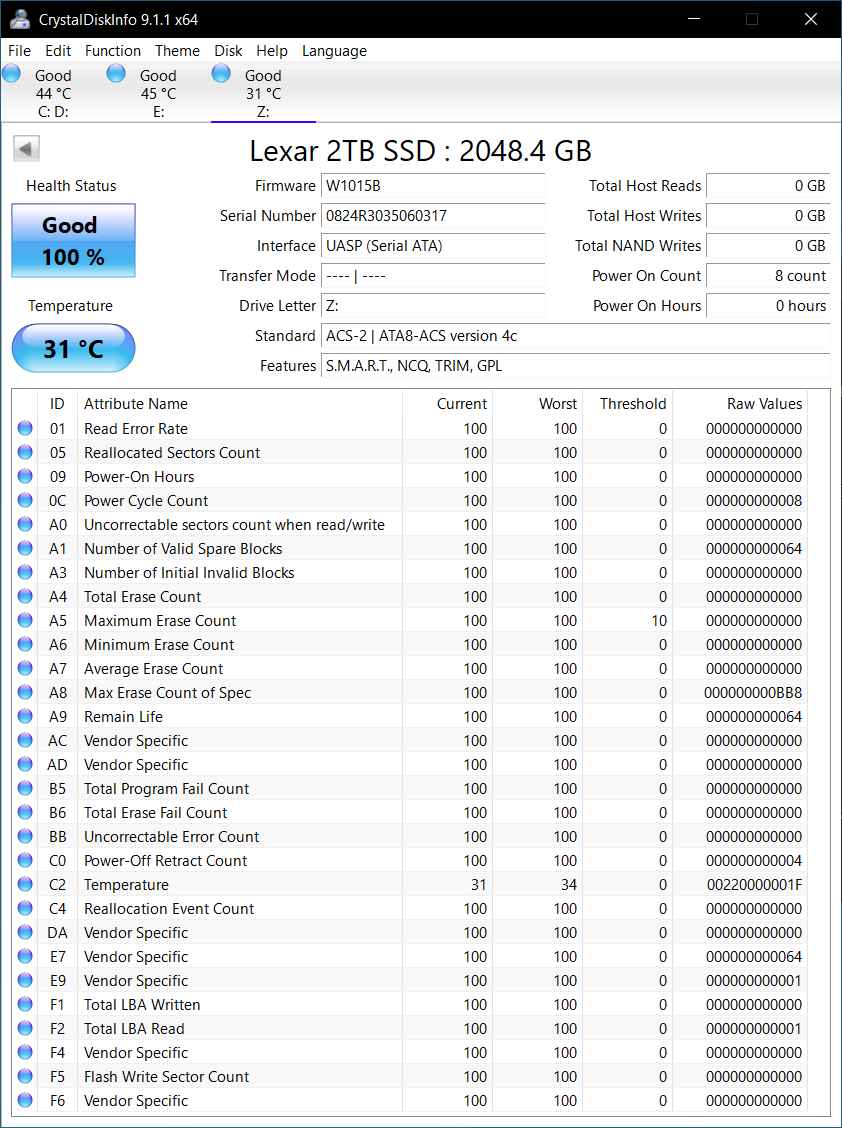 |
 |
The table below presents a comparative view of the specifications of the different PSSDs presented in this review.
| Comparative Direct-Attached Storage Devices Configuration | ||
| Aspect | ||
| Downstream Port | Native Flash | Native Flash |
| Upstream Port | USB 3.2 Gen 2x2 Type-C (Female) | USB 3.2 Gen 2x2 Type-C (Female) |
| Bridge Chip | Silicon Motion SM2320 | Silicon Motion SM2320 |
| Power | Bus Powered | Bus Powered |
| Use Case | 2GBps-class, IP66-rated, rugged palm-sized high-performance portable SSD with hardware encryption and a Type-C interface | 2GBps-class, sleek and stylish palm-sized high-performance portable SSD with hardware encryption and a Type-C interface |
| Physical Dimensions | 86.2 mm x 54.4 mm x 13.2 mm | 85 mm x 54 mm x (4.5 to 7.8) mm |
| Weight | 80 grams | 43 grams |
| Cable | 30 cm USB 3.2 Gen 2 Type-C to Type-C Attached Type-C female to Type-A male adapter (resultant Type-C to Type-A cable length : 31.8 cm) |
30 cm USB 3.2 Gen 2x2 Type-C (male) to Type-C (male) |
| S.M.A.R.T Passthrough | Yes | Yes |
| UASP Support | Yes | Yes |
| TRIM Passthrough | Yes | Yes |
| Hardware Encryption | Yes | Yes |
| Evaluated Storage | YMTC 128L 3D TLC (packaged by Longsys) | YMTC 128L 3D TLC (packaged by Longsys) |
| Price | $240 | $118 |
| Review Link | Lexar ARMOR 700 2TB Review | Lexar SL500 1TB Review |
Similar to the SL500, the Lexar ARMOR 700 also supports 256-bit AES encryption using Lexar's custom password-protection software (that needs to be installed on all machines that need access to the contents).
Prior to looking at the benchmark numbers, power consumption, and thermal solution effectiveness, a description of the testbed setup and evaluation methodology is provided.
Testbed Setup and Evaluation Methodology
Direct-attached storage devices (including thumb drives) are evaluated using the Quartz Canyon NUC (essentially, the Xeon / ECC version of the Ghost Canyon NUC) configured with 2x 16GB DDR4-2667 ECC SODIMMs and a PCIe 3.0 x4 NVMe SSD - the IM2P33E8 1TB from ADATA.
The most attractive aspect of the Quartz Canyon NUC is the presence of two PCIe slots (electrically, x16 and x4) for add-in cards. In the absence of a discrete GPU - for which there is no need in a DAS testbed - both slots are available. In fact, we also added a spare SanDisk Extreme PRO M.2 NVMe SSD to the CPU direct-attached M.2 22110 slot in the baseboard in order to avoid DMI bottlenecks when evaluating Thunderbolt 3 devices. This still allows for two add-in cards operating at x8 (x16 electrical) and x4 (x4 electrical). Since the Quartz Canyon NUC doesn't have a native USB 3.2 Gen 2x2 port, Silverstone's SST-ECU06 add-in card was installed in the x4 slot. All non-Thunderbolt devices are tested using the Type-C port enabled by the SST-ECU06.
The specifications of the testbed are summarized in the table below:
| The 2021 AnandTech DAS Testbed Configuration | |
| System | Intel Quartz Canyon NUC9vXQNX |
| CPU | Intel Xeon E-2286M |
| Memory | ADATA Industrial AD4B3200716G22 32 GB (2x 16GB) DDR4-3200 ECC @ 22-22-22-52 |
| OS Drive | ADATA Industrial IM2P33E8 NVMe 1TB |
| Secondary Drive | SanDisk Extreme PRO M.2 NVMe 3D SSD 1TB |
| Add-on Card | SilverStone Tek SST-ECU06 USB 3.2 Gen 2x2 Type-C Host |
| OS | Windows 10 Enterprise x64 (21H1) |
| Thanks to ADATA, Intel, and SilverStone Tek for the build components | |
The testbed hardware is only one segment of the evaluation. Over the last few years, the typical direct-attached storage workloads for memory cards have also evolved. High bit-rate 4K videos at 60fps have become quite common, and 8K videos are starting to make an appearance. Game install sizes have also grown steadily even in portable game consoles, thanks to high resolution textures and artwork. Keeping these in mind, our evaluation scheme for portable SSDs and UFDs involves multiple workloads which are described in detail in the corresponding sections.
- Synthetic workloads using CrystalDiskMark and ATTO
- Real-world access traces using PCMark 10's storage benchmark
- Custom robocopy workloads reflective of typical DAS usage
- Sequential write stress test
In the next section, we have an overview of the performance of the Lexar ARMOR 700 in these benchmarks. Prior to providing concluding remarks, we have some observations on the PSSD's power consumption numbers and thermal solution also.


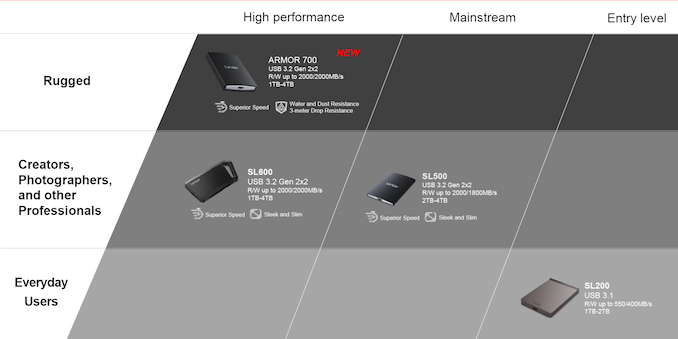
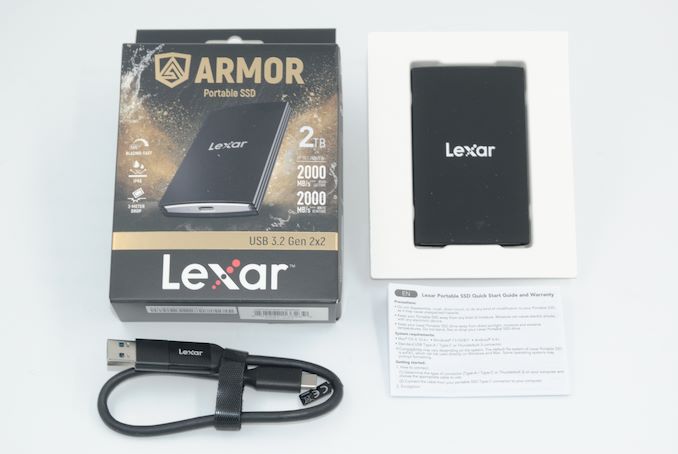
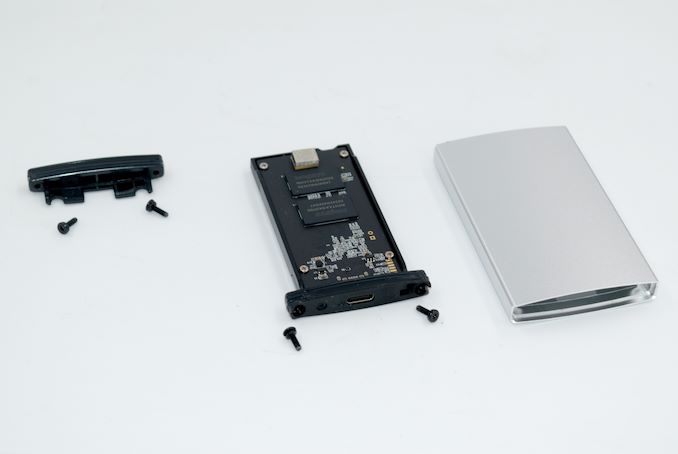






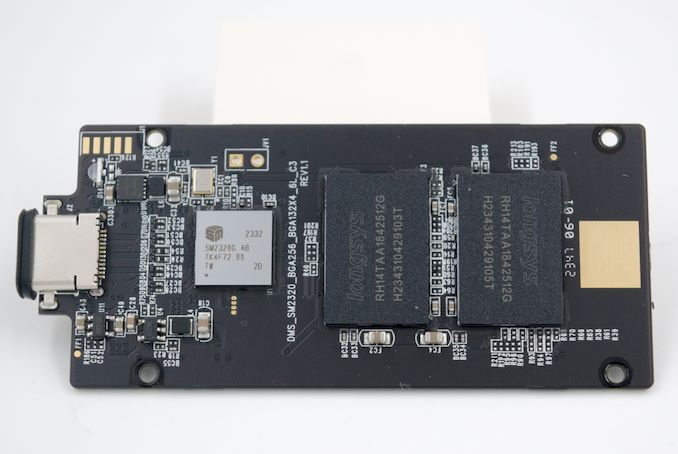
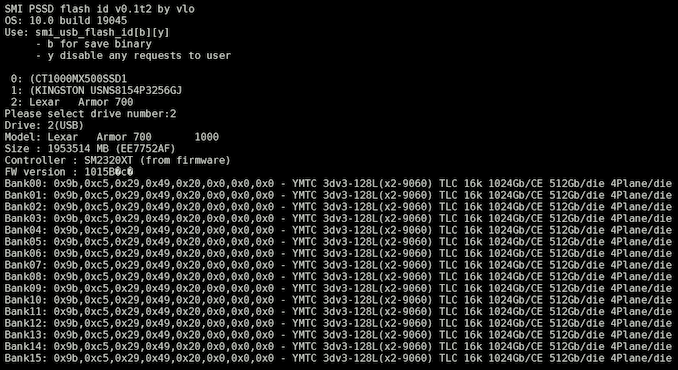
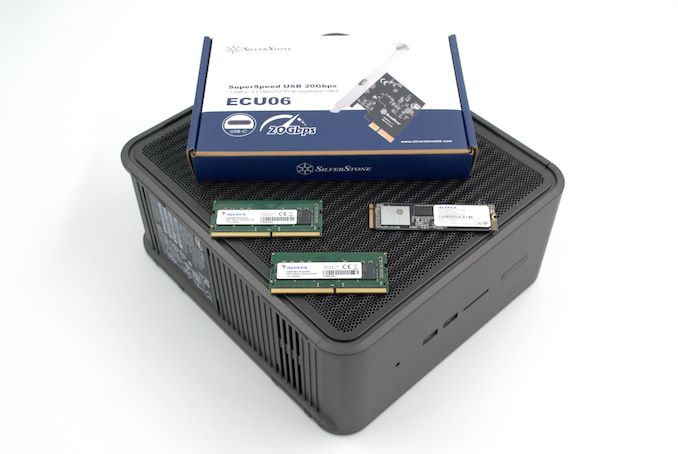








1 Comments
View All Comments
artifex - Thursday, May 30, 2024 - link
Looks like in the comparative configuration chart, the drop-down for the LaCie Rugged Mini 2TB shows a mislabeled review link claiming it's for the Crucial X10 Pro 2TB, but it does go to the proper review. Reply